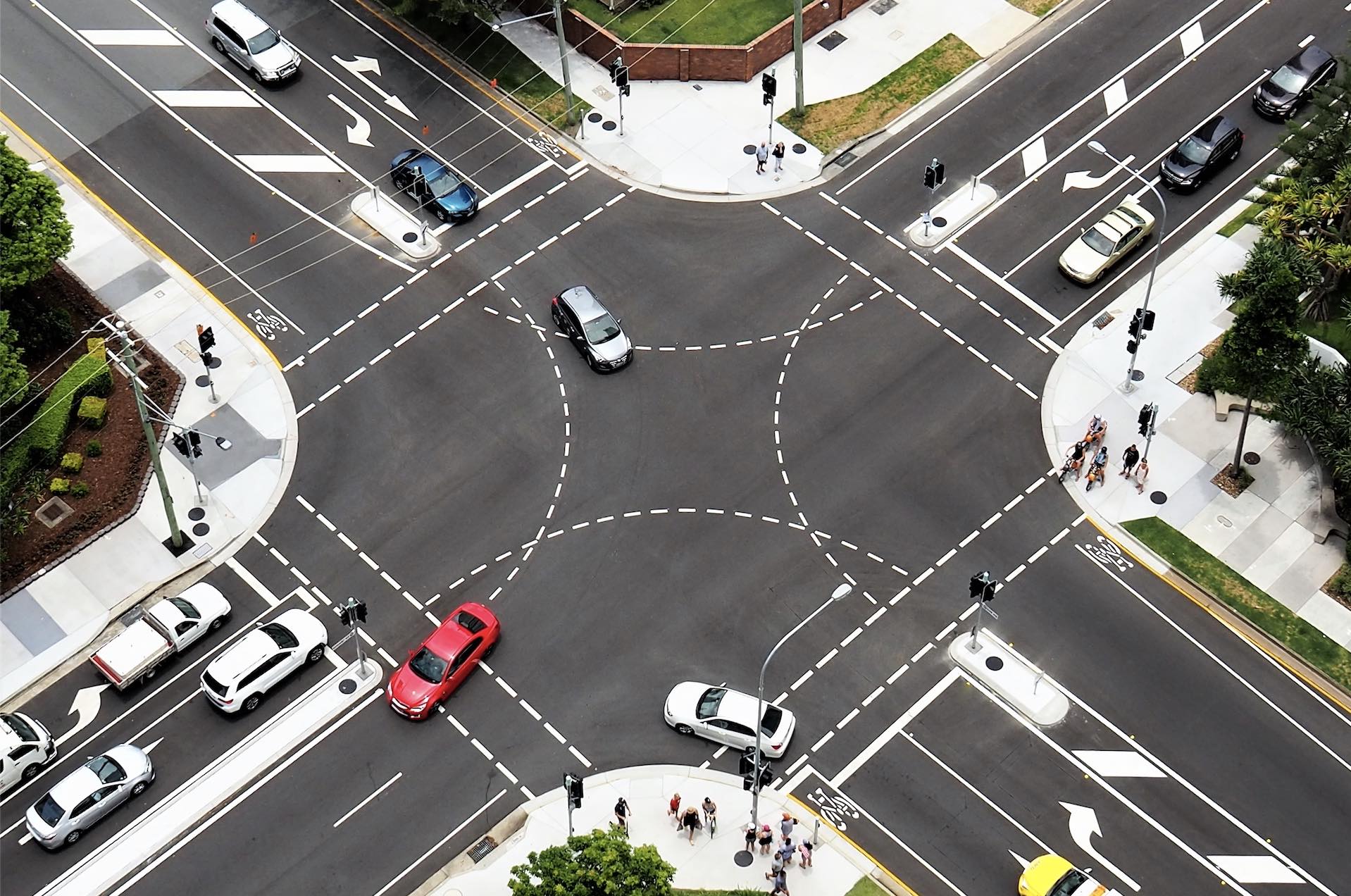
City design combining more public transport and rail networks with smaller, low speed blocks were the best to reduce road transport injuries, according to a new global study.
Published in The Lancet Planetary Health, the research identified the best and worst performing city designs with respect to road injuries.
Researchers from Australia, Spain and the United States of America compared maps of almost 1700 cities across the world with injury data to understand urban design factors that contribute to the most road injuries.
Cities were categorised into nine unique design types ranging from locations with highly organised road and rail network ('High Transit', 'Motor City' and 'Intense' types) to areas with almost no public transport and sparse urban design ('Sparse' and 'Informal' types).
Lead researcher Dr Jason Thompson said the research aims to highlight the importance of urban design and planning as a key factor in reducing transport related injuries across the world.
The study found 'High Transit' cities with strong rail networks like Barcelona, Durban, Jerusalem and Toronto had the lowest rates of road injuries compared to 'Informal' type cities across India, China and Africa where poor urban design contributed to twice the injury rates.
"If reducing the road toll is your ultimate goal, it is better to invest in safer alternative transport options rather than continuing to focus on car-based safety interventions," Dr Thompson said.
Australian cities like Perth, Adelaide, Newcastle and Melbourne fell under the 'Motor City' category with extensive road networks and suburbs designed around the needs of drivers that create car dependency.
"Australia has successfully reduced road injuries through enforcement and public safety education in the past but a shift away from motor vehicles toward more compact city design and investment in safe, efficient public transport is key to reducing future road injury rates," Dr Thompson said.
The study also found that the income of a country did not necessarily relate to road injury rates. High-income countries like Saudi Arabia, the United States of America and United Arab Emirates were still experiencing high road injury rates due to city designs that encourage motor vehicle use.
The research was conducted at the University of Melbourne's Transport, Health and Urban Design Research Hub in collaboration with Barcelona Institute of Global Health and Columbia University's Mailman School of Public Health.
The study was funded through grants from the Australian Research Council, the National Health and Medical Research Council and support from the US National Institute of Alcohol Abuse and Alcoholism.






